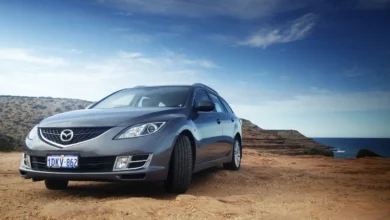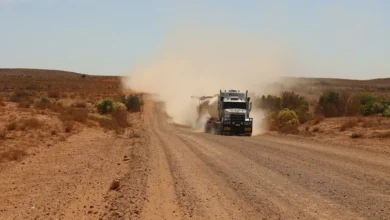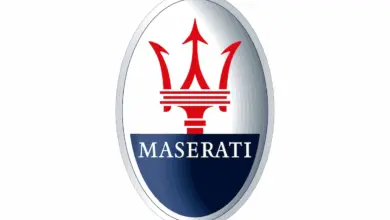History of Mazda Trucks in Australia
History of Mazda Trucks in Australia & The Demise
Mazda might be best known in Australia for its sporty hatches, reliable sedans, and the ever-popular BT-50 ute, but dig a little deeper into the archives and you’ll uncover a proud history of Mazda trucks that served Aussie roads and worksites for nearly four decades. From the mid-1960s to the early 2000s, Mazda trucks played a key role in Australia’s light-to-medium-duty commercial vehicle landscape.
When Were Mazda Trucks Introduced to Australia?
Mazda first entered the Australian truck market in the mid-1960s, introducing models such as the E2000 (petrol) and E2500 (diesel). These early trucks were modest in number and relatively basic, but they laid the groundwork for what would become a respected name in the commercial vehicle world. Things took off in 1972, when updated versions of both trucks launched with improved engines and a more modern look.
It was also in 1972 that Mazda unveiled the E3800, a much larger 3.5 to 4-tonne truck powered by a hefty 3800cc engine. This truck was easily identified by the small windows flanking the front panel and became a staple for heavier-duty tasks.
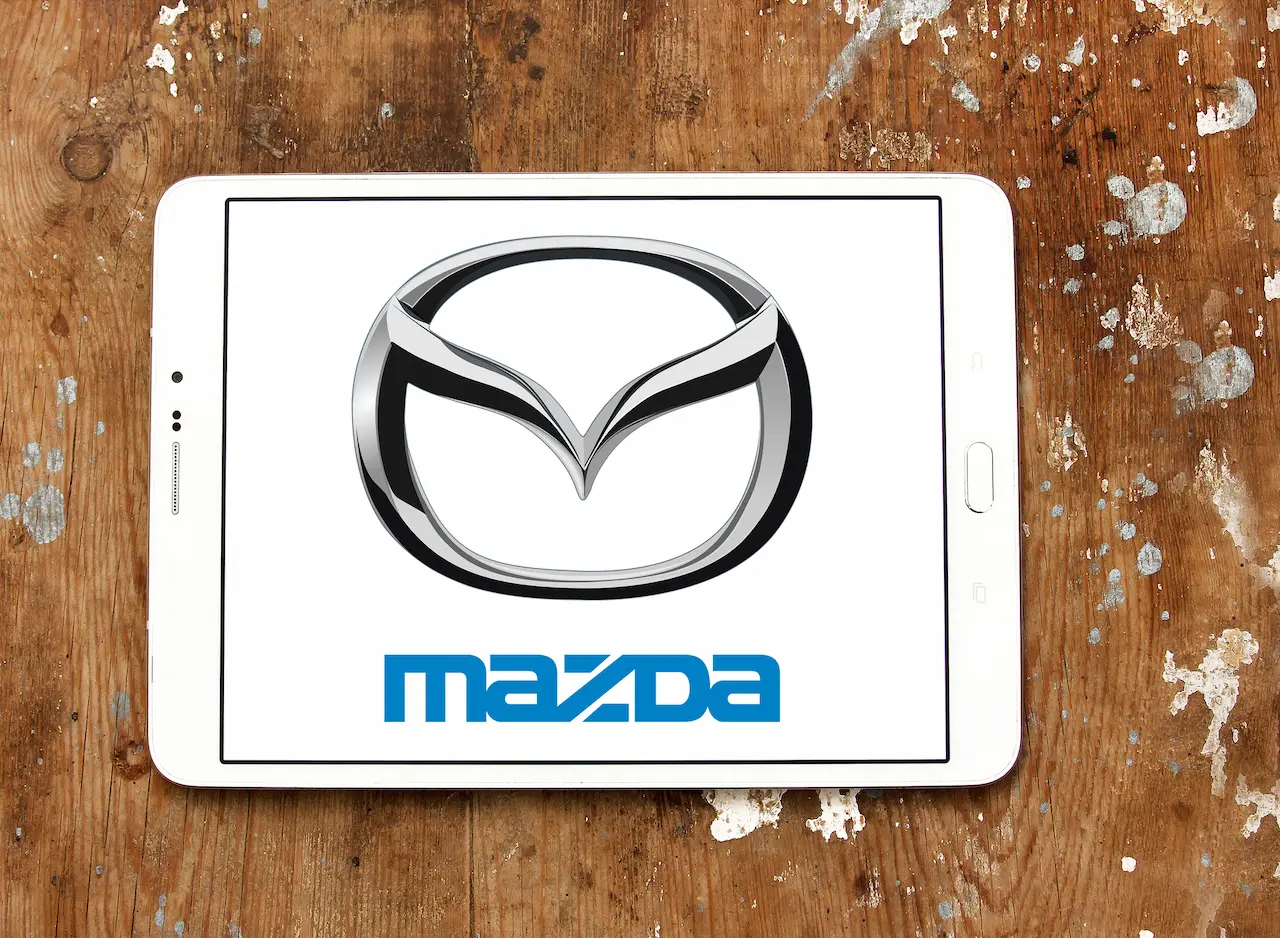
Most Popular Mazda Truck Models in Australia
Several Mazda truck models stood out during their time on Aussie roads:
- E2700 / E3000: The evolution of the E2500, this model saw upgrades in engine capacity and cabin design, becoming a mainstay in trades and small businesses through the 1970s and early 1980s.
- T3000 / T3500: Launched in 1981, this was a big leap forward with a tilting cab and new styling. The T3500, introduced with the more powerful 3500cc SL engine in 1984, became one of the most recognisable Mazda trucks in the country.
- T4000 and T4600: Introduced in the late ’80s and early ’90s, these trucks brought even more muscle to the lineup. The T4600, with its 4600cc TM diesel engine and larger cab, was one of the last Mazda trucks sold in Australia before operations wrapped up in 2003.
- Parkway and T3500 Buses: Though not trucks in the strictest sense, these Mazda buses shared the same underpinnings as their commercial truck siblings and served across school routes and private fleets throughout the country.
How Many Mazda Trucks Are Sold in Australia Each Year?
While exact yearly figures are scarce, it’s clear from historical import data and industry recollections that Mazda truck sales in Australia remained relatively niche, particularly compared to offerings from Japanese heavyweights like Isuzu and Mitsubishi. That said, models like the T3500 and E-series trucks developed a loyal following among tradespeople, small transport operators and councils.
During peak years in the 1980s and early 1990s, it’s estimated that several thousand units were sold annually, particularly as the T series became more competitive and versatile. The popularity of Mazda’s trucks during these years was bolstered by their affordability, simplicity, and reputation for reliability.
What Are Mazda Trucks Mainly Used for in Australia?
Mazda trucks found a diverse range of uses across Australia, proving especially popular in light commercial and urban applications. They were:
- Favoured by tradespeople: Builders, plumbers and electricians often fitted out Mazda trucks as mobile workshops.
- Used for delivery and logistics: Their modest size and solid payload capacity made them ideal for metro deliveries.
- Popular with councils and government fleets: Especially the T3000 and T3500 models, which were often used for street maintenance and parks departments.
- Converted into buses and mobile homes: The Parkway and T3500 bus chassis were frequently converted for tourism or camper use.
The combination of ease of maintenance, robust diesel engines, and availability of spare parts made Mazda trucks a sensible and cost-effective choice for small business operators.
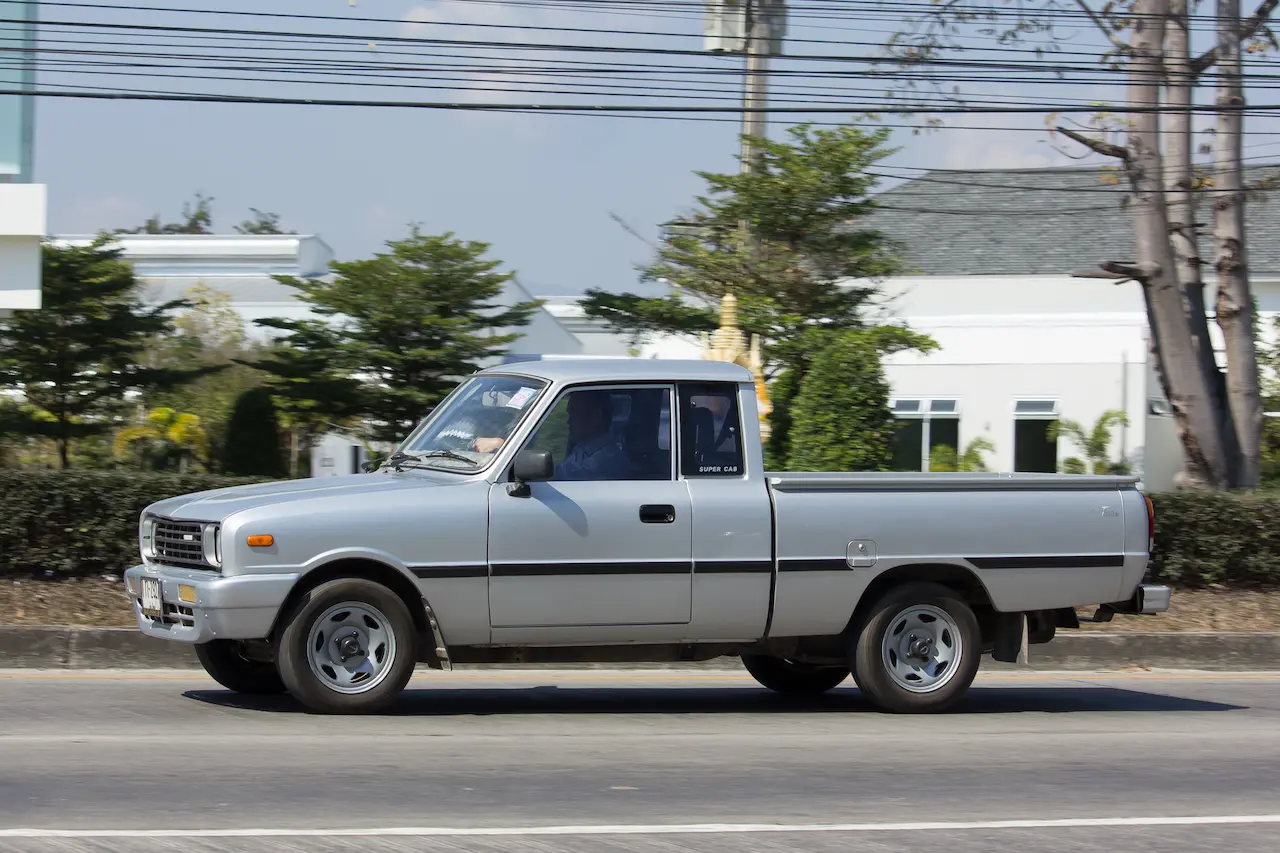
End of the Road: Discontinuation in 2003
Despite decades of steady service, Mazda officially exited the truck market in Australia in early 2003, marking the end of the T4600’s production run. This came after the release of the final generation T4600 in 2001, which featured a fully redesigned cabin and a continued focus on reliability.
The reasons for the discontinuation were multifaceted. Mazda had increasingly begun to focus on its passenger and SUV range, which was booming both globally and in Australia. The commercial vehicle segment, while still important, was highly competitive and dominated by brands that specialised in trucks alone.
With tighter emissions standards and increasing development costs, it no longer made strategic sense for Mazda to continue investing in its truck line-up for the Australian market.
Mazda Trucks: A Legacy on Aussie Roads
From humble beginnings in the 1960s to their final bow in the early 2000s, Mazda trucks have earned their place in Australia’s motoring history. Reliable, unpretentious, and built for hard work, these vehicles served countless businesses and individuals across the country.
Even today, you’ll still spot the odd T3500 or E2700 humming along back roads or working on a farm, a testament to Mazda’s engineering quality and durability. For those who drove them, Mazda trucks were more than just workhorses—they were trusted tools of the trade.
As Mazda moves into a future filled with EVS, plug-in hybrids and luxurious SUVS, it’s worth taking a moment to remember the brand’s practical, diesel-powered past—one gearshift at a time.

